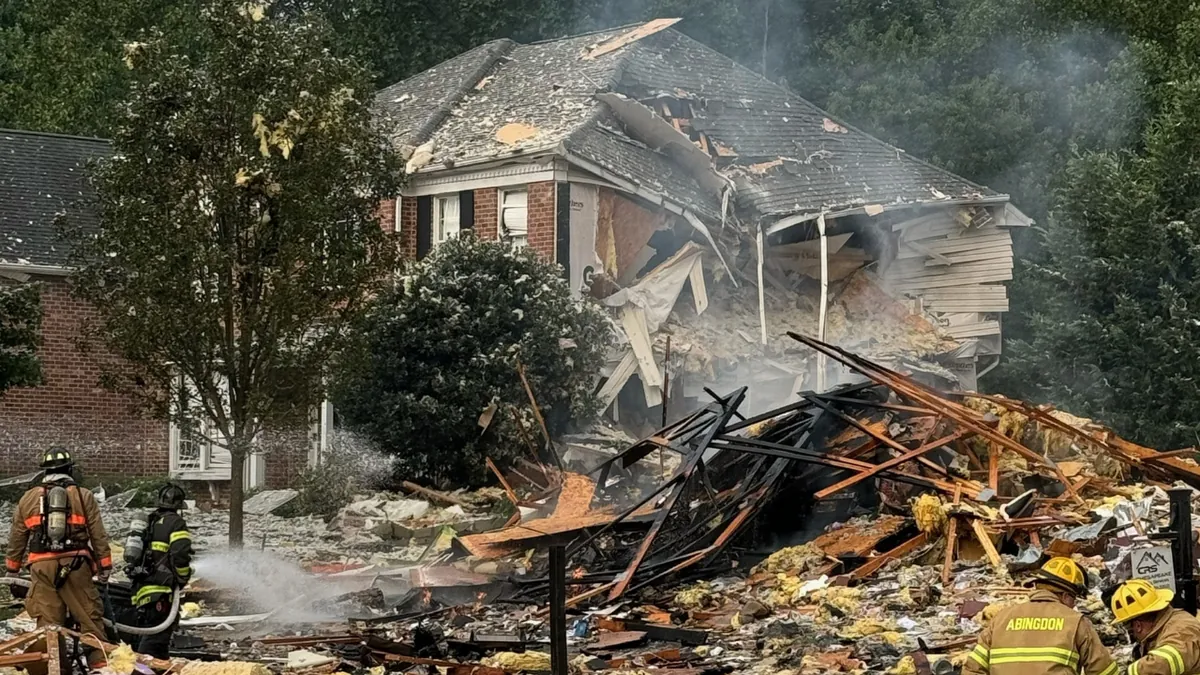Gas Leak Reports Preceded Fatal Maryland House Explosion, NTSB Reveals
NTSB report unveils gas odor complaints before a deadly house explosion in Maryland. BGE technician and neighbor reported smells, but no leak was initially found. The incident resulted in two fatalities and three injuries.

Approximately 13 months ago, on August 11, 2023, a residential property in Bel Air, Maryland, experienced a catastrophic explosion, resulting in two fatalities and three injuries. The National Transportation Safety Board (NTSB) has recently released a preliminary report shedding light on the events preceding this tragic incident.
According to the NTSB findings, a Baltimore Gas and Electric (BGE) technician responding to a power outage at the residence on the evening of August 10, 2023, reported detecting a gas odor outside the property. Concurrently, a neighbor residing approximately 0.2 miles from the affected home also noted a strong gas smell. Despite these reports, initial investigations by the gas company did not identify a leak.

The report further reveals that on the morning of the explosion, at approximately 6:05 a.m., another worker reported smelling gas in front of the home moments before the blast occurred. This information highlights the critical importance of gas leak detection and prompt response to potential hazards.
"BGE is committed to reinforcing and improving our safety-first culture for our customers, employees, contractors, and entire service area."
In response to the incident, BGE has implemented several measures to enhance safety protocols. These include refresher training sessions emphasizing safety measures and emergency procedures, increased oversight of customer emergency calls, and reinforcement of procedures to maintain gas and electric system safety.
The NTSB investigation involved a comprehensive examination of the site, review of BGE's operational procedures, documentation gathering, and interviews with relevant parties. Investigators also scrutinized the remaining gas and electrical facilities connected to the home.
Preliminary findings indicate that the gas system's operating pressure at the time of the explosion was below the maximum allowable limit. The utility company conducted a pressure test and recovered damaged electrical service lines, along with a plastic service line that had a hole on its underside.
The explosion claimed the lives of Ray Corkran Jr., the 73-year-old homeowner, and Jose Rodriguez-Alvarado, a 35-year-old contracted utility employee working for BGE. The incident also caused varying degrees of damage to neighboring properties, displacing some residents.
Future investigative efforts will focus on BGE's construction practices, their process for recording and responding to odor complaints, and their pipeline safety management system. The NTSB will also explore other potential causal factors to prevent similar incidents in the future.
This tragic event underscores the critical importance of gas safety measures and prompt response to potential leaks. Natural gas, primarily composed of methane, is odorized with mercaptan to facilitate leak detection. The US natural gas industry, which employs over 3 million people and operates more than 2.6 million miles of pipelines, plays a crucial role in the nation's energy infrastructure, providing about 32% of US electricity generation.
As the investigation continues, it serves as a stark reminder of the need for vigilance and robust safety protocols in managing gas infrastructure to protect communities and prevent such devastating incidents.


































